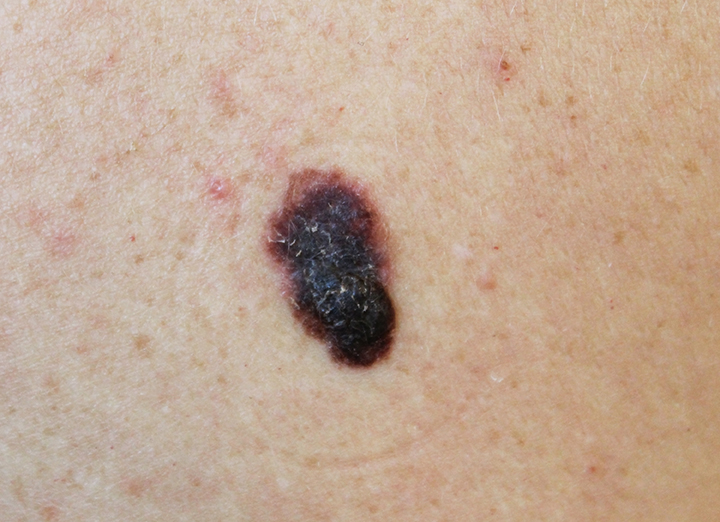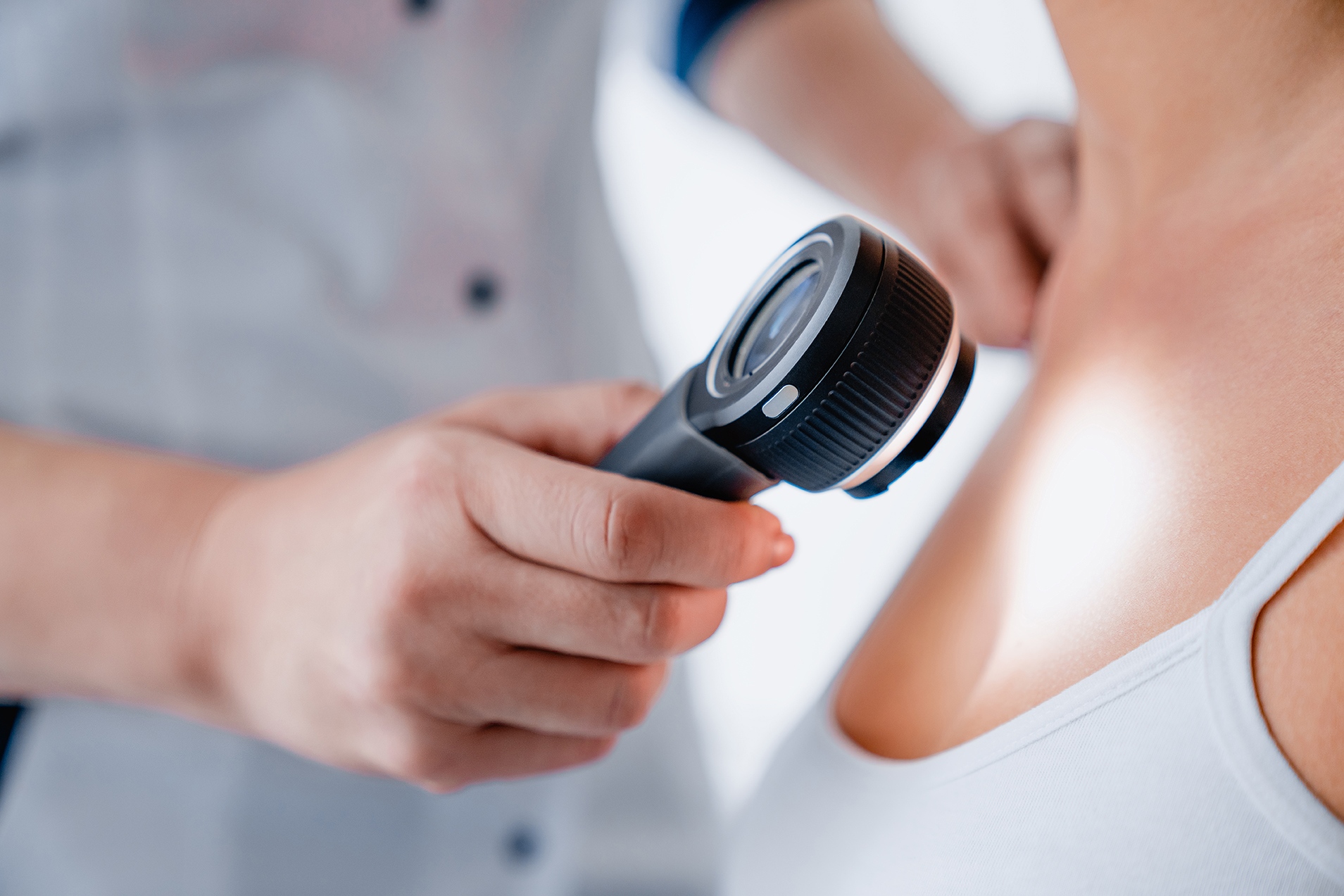- Chris Comans
- 2 Comments
By Skin ChX | Perth, Western Australia
Introduction
Australia has one of the highest rates of skin cancer in the world, and Western Australians are especially vulnerable due to our intense sun exposure, outdoor lifestyle, and often clear, UV-rich skies. But how exactly does skin cancer develop? How do normal, healthy skin cells turn into something potentially life-threatening?
At Skin ChX, we believe that understanding the process of skin cancer development is crucial to prevention, early detection, and effective management. In this blog, we’ll take a closer look at how skin cancer forms, from normal skin function to harmful changes, and why it’s especially important for people living in Perth and throughout WA to stay sun-aware and get regular checks from a skin cancer screening practitioner.
The Role of Skin Cells
The skin is your body’s largest organ. It protects you from the environment, regulates temperature, and plays a vital role in immune defence. The outermost layer of the skin, known as the epidermis, is made up of three main types of cells:
- Basal cells (found in the deepest layer of the epidermis)
- Squamous cells (located just above basal cells)
- Melanocytes (cells that produce melanin, which gives your skin its colour and helps protect against UV damage)
Each of these cell types can be the origin of different forms of skin cancer. Normally, skin cells grow, divide, and die in a controlled and orderly way. But when something disrupts this process, especially damage from ultraviolet (UV) radiation, cells can begin to mutate and grow out of control.

UV Radiation and Cellular Damage
The WA sun is strong, even during the cooler months. Ultraviolet (UV) radiation from the sun is invisible to the eye, but it’s one of the most dangerous factors for skin health. Long-term or intense exposure to UV radiation can damage the DNA inside skin cells.
This damage doesn’t always lead to cancer immediately. In fact, it can take years or even decades for changes to accumulate and trigger the formation of skin cancer. That’s why regular exposure from a young age, particularly in places like Perth where outdoor lifestyles are common, can lead to problems later in life.
When UV radiation affects skin cell DNA, it may prevent the cell from repairing itself or from dying off naturally. Instead, the damaged cell continues to divide and multiply. Over time, this uncontrolled growth forms a tumour.
From Mutation to Cancer
Not every skin cell mutation results in cancer. The body has natural repair mechanisms, and in many cases, cells with damaged DNA are successfully removed. But if the damage goes unchecked or the body’s repair systems fail, abnormal cells can build up and form a precancerous lesion or a malignant tumour.
Types of Skin Cancer
There are three main types of skin cancer:
- Basal Cell Carcinoma (BCC): Originates in the basal cells. It’s the most common and least aggressive form but can still cause significant damage if untreated.
- Squamous Cell Carcinoma (SCC): Arises from squamous cells and can spread if not detected early. It’s more common in areas of high sun exposure such as the face, ears, and neck.
- Melanoma: Begins in melanocytes and is the most dangerous form of skin cancer. It can spread quickly to other parts of the body and requires early intervention.
Why It Matters in Western Australia
Perth and regional WA enjoy more sunny days than most places in Australia, making it one of the highest UV-exposed regions in the country. Even on overcast days, UV levels can remain high enough to cause cellular damage.
Children, surfers, tradies, gardeners, retirees, and anyone who works or spends time outdoors in WA’s harsh sun is at greater risk. And while some skin damage is visible, like sunburn or freckles, many of the most dangerous changes happen beneath the surface.
The Importance of Regular Skin Checks
The best way to catch skin cancer early is through routine skin checks by a qualified skin cancer screening practitioner. At Skin ChX, we conduct professional, thorough screenings to help detect early changes before they become dangerous.
We also offer education on identifying suspicious moles or spots, as well as strategies for sun safety, because prevention is always better than treatment.
Key Takeaways
- Skin cancer develops when UV radiation damages the DNA in skin cells, leading to uncontrolled growth.
- There are three major types of skin cancer: BCC, SCC, and melanoma, each originating from different skin cells.
- Perth’s strong sun and outdoor culture increase the risk of skin cancer for local residents.
- Regular skin checks with Skin ChX can detect harmful changes early and give you peace of mind.
Final Note
Be sun smart, stay alert, and protect your skin. Book a professional screening with Skin ChX today and take the first step in safeguarding your health.

Skin Cancer on Feet: Warning Signs, Diagnosis & Treatment Guide
Toxins, Scars & Syndromes: Hidden Skin Cancer Triggers